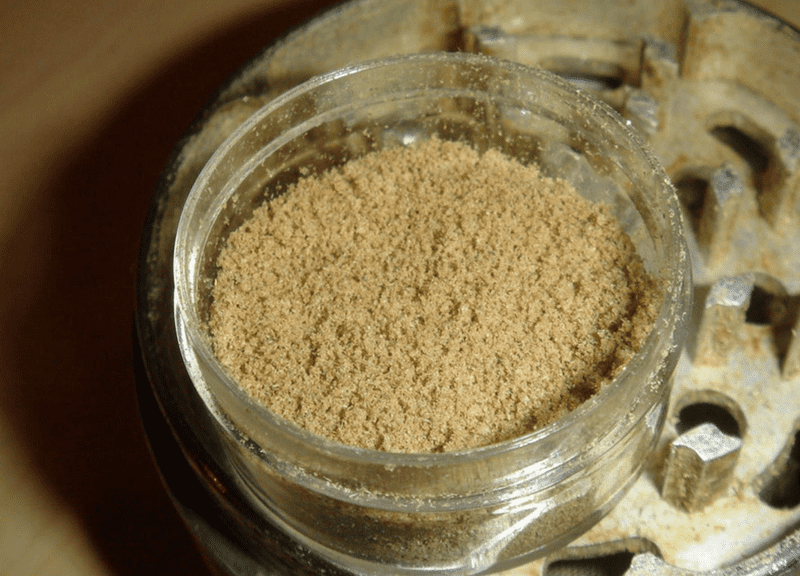If you’ve ever looked closely at a cannabis flower, you may have noticed a series of small, sticky crystals that cover the outside of the plant. These crystals are called kief, and they're the external resin pockets that contain many of the cannabinoid compounds that make marijuana the incredible plant that it is.
Here's what consumers need to know about the origin, purpose, extraction and uses of kief.
Marijuana's Trichomes: the Building Blocks of Kief
While it may not be common knowledge, kief is only one part of a complex system known as a trichome. Trichomes, also known as "hairs," are used by many plants for many purposes. Some carnivorous plants—the Venus flytrap, for example—use trichomes as triggers that allow them to sense when prey is near before trapping and consuming it.
When it comes to the marijuana plant, however, trichomes are used for self-defense and self-preservation. The trichomes on the marijuana plant deter predators by producing psychoactive chemicals that disorient them, thus preventing these predators from consuming the entire plant. To further ensure the plant's survival, the smell of the resin produced by the trichomes attracts insects that can pollinate the plant and spread its seeds throughout a given area.
What Is Kief & How Do You Extract It?
Kief is a highly psychoactive cannabis compound with multiple medicinal uses. People who enjoy concentrates but find them cost-prohibitive often use kief to produce similar experiences at a much lower cost.
Kief must be processed before it can be consumed. This is because the resin glands of the marijuana plant contain terpenes (aromatic compounds) as well as cannabinoids. The kief crystals must be separated from the rest of the plant material in order to ensure their purity and get them ready for consumption. Fortunately, this process is easy to do at home.
To extract kief from the rest of the marijuana plant, most consumers use a multi-chamber herb grinder. This setup allows the kief to get sifted through a series of increasingly fine screens, resulting in a powerful and pure product. Some consumers prefer making their own kief-extraction setup by building a set of layered screens to use as homemade sifters.
Cannabis consumers should keep in mind, however, that kief generally measures anywhere from 75–125 microns, so it's important to use at least four layers of ultra-fine mesh screens (between 80–270 lines per inch) in order to produce a pure product. Consumers should also know that, unlike other marijuana products, pure kief is generally white. Kief that’s green is likely contaminated by a fair amount of plant matter, so it won’t produce the same strong experience as a pure kief product will.
Turning Kief From Cannabis Into Hash
Once extracted, kief can be used for a variety of things. The most popular use of the product, however, is hash. Hash is essentially kief that has undergone a heating and pressurization process before being turned into a pliable ball or brick.
Hash is generally more potent than other kinds of marijuana products are. This means consumers can ingest less of it while still enjoying an intense experience. When kief is heated and pressurized, the resin glands within it rupture, causing the kief to undergo changes in color, taste and effects. The more highly pressurized kief is, the darker the subsequent hash becomes.
While kief hasn't undergone the same mainstream popularity as other marijuana products, it's still one of the most effective and affordable forms of marijuana in the world, making it a good choice for cannabis consumers everywhere.
Photo credit: shadowhound
If you’re new to cannabis and want to learn more, take a look at our Cannabis 101 post. HelloMD can help you get your medical marijuana recommendation; it's easy, private and 100% online.
